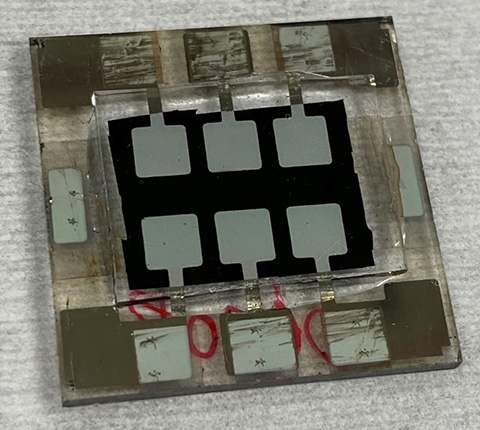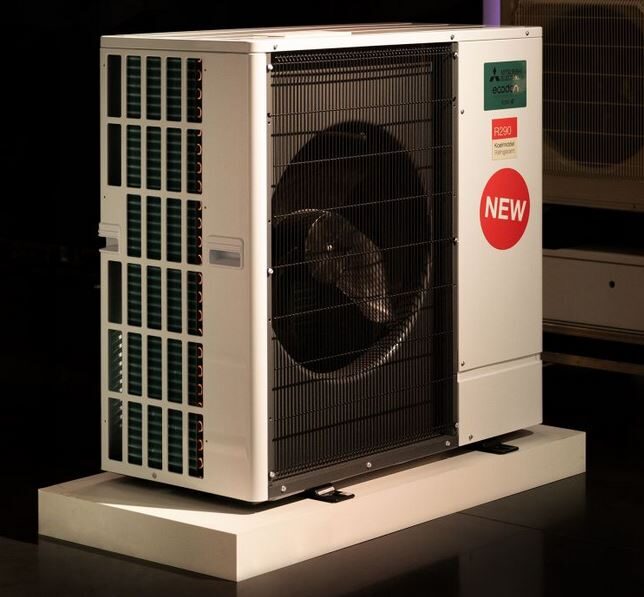The US Department of Energy's National Renewable Energy Laboratory (NREL) has developed a tandem solar cell based on two layers of perovskite.
NREL claims the cell has better thermal stability and efficiency than other tandem devices based on perovskites. The researchers used a hole-transporting material made of phenethylammonium iodide (PEAI) and guanidinium thiocyanate to improve cell stability.
“The addition of guanidinium thiocyanate bolstered the carrier lifetime from less than 200 nanoseconds to 1 microsecond,” they said, noting that the use of the compound also resulted in marked improvements in the structural and optoelectronic properties of the device.
They noted that the formation of a quasi-two-dimensional (quasi-2D) structure from additives based on mixed bulky organic cations phenethylammonium and guanidinium enables critical defect control. They claim that this significantly improves the structural and optoelectronic properties of lead-perovskite thin films with a narrow-bandgap of 1.25 eV.
“The combined additives also reduced the defect density associated with tin oxidation to a level unprecedented for tin-lead perovskites and similar to the values for lead-only perovskites,” they said.
The solar cell achieved a power conversion efficiency of 25.5% and was able to retain 80% of its original efficiency after 1,500 hours of continuous operation, or more than 62 days.
“At this tandem efficiency level, the best reported stability in literature is normally several hundred hours,” the research group said. “The new cell also demonstrated an improvement in the voltage generated, at 2.1142 V. In comparison, the best certified tandem device registered 2.048 V.”
The scientists described the cell technology in “Carrier control in Sn–Pb perovskites via 2D cation engineering for all-perovskite tandem solar cells with improved efficiency and stability,” which was recently published in Nature Energy.
This content is protected by copyright and may not be reused. If you want to cooperate with us and would like to reuse some of our content, please contact: editors@pv-magazine.com.




By submitting this form you agree to pv magazine using your data for the purposes of publishing your comment.
Your personal data will only be disclosed or otherwise transmitted to third parties for the purposes of spam filtering or if this is necessary for technical maintenance of the website. Any other transfer to third parties will not take place unless this is justified on the basis of applicable data protection regulations or if pv magazine is legally obliged to do so.
You may revoke this consent at any time with effect for the future, in which case your personal data will be deleted immediately. Otherwise, your data will be deleted if pv magazine has processed your request or the purpose of data storage is fulfilled.
Further information on data privacy can be found in our Data Protection Policy.